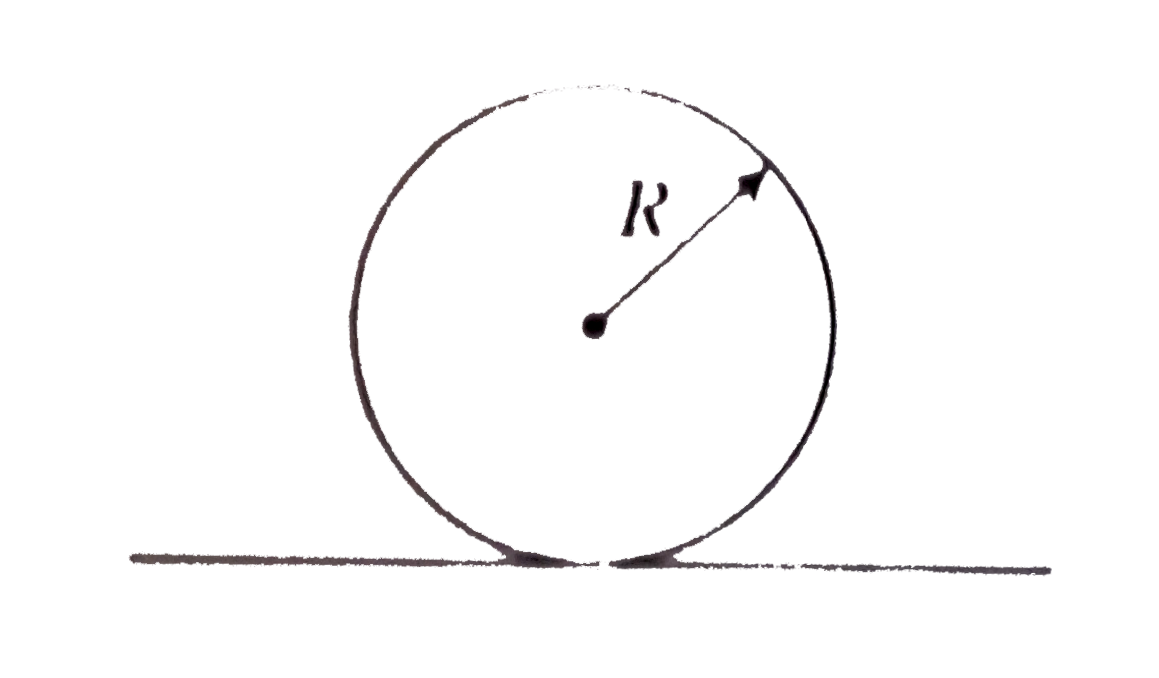There are two wires of linear mass densities λand2λ and the tension in them are T and 2T, respectvely . Which wire is supposed to be the denser medium for transverse wave propagation ?
1st wire
2nd wire
both are equally denser
nothing can be said in general
The correct Answer is:C
To determine which wire is the denser medium for transverse wave propagation, we will analyze the given information about the two wires.
Step 1: Understand the relationship between tension, linear mass density, and wave velocity.
The velocity of a transverse wave in a wire is given by the formula:
V=√Tμ
where V is the wave velocity, T is the tension in the wire, and μ is the linear mass density (mass per unit length) of the wire.
Step 2: Analyze the first wire.
For the first wire:
- Linear mass density μ1=λ
- Tension T1=T
Using the wave velocity formula:
V1=√T1μ1=√Tλ
Step 3: Analyze the second wire.
For the second wire:
- Linear mass density μ2=2λ
- Tension T2=2T
Using the wave velocity formula:
V2=√T2μ2=√2T2λ=√Tλ
Step 4: Compare the velocities of both wires.
From the calculations:
- For the first wire: V1=√Tλ
- For the second wire: V2=√Tλ
Since V1=V2, both wires have the same velocity of transverse wave propagation.
Step 5: Determine which wire is denser.
The linear mass density of the first wire is λ and for the second wire, it is 2λ. Since the second wire has a higher linear mass density, it is denser.
Conclusion:
Even though both wires allow transverse waves to propagate at the same velocity, the second wire (with linear mass density 2λ) is the denser medium.
Final Answer:
The second wire (with linear mass density 2λ) is the denser medium for transverse wave propagation.
---
The velocity of a transverse wave in a wire is given by the formula:
V=√Tμ
where V is the wave velocity, T is the tension in the wire, and μ is the linear mass density (mass per unit length) of the wire.
For the first wire:
- Linear mass density μ1=λ
- Tension T1=T
V1=√T1μ1=√Tλ
For the second wire:
- Linear mass density μ2=2λ
- Tension T2=2T
V2=√T2μ2=√2T2λ=√Tλ
From the calculations:
- For the first wire: V1=√Tλ
- For the second wire: V2=√Tλ
The linear mass density of the first wire is λ and for the second wire, it is 2λ. Since the second wire has a higher linear mass density, it is denser.
Even though both wires allow transverse waves to propagate at the same velocity, the second wire (with linear mass density 2λ) is the denser medium.
The second wire (with linear mass density 2λ) is the denser medium for transverse wave propagation.
Similar Questions
Two wires of different linear mass densities are soldered together end to end and then stretched under a tension F. The wave speed in the first wire is thrice that in the second. If a harmonic wave travelling in the first wire is incident on the junction of the wires and if the amplitude of the incident wave is A=√13cm, find the amplitude of reflected wave.
View SolutionTwo uniformly long charged wires with linear densities λ and 3λ are placed along X and Y axis respectively. Determined the slope of electric field at any point on the l ine y=√3x
View Solution
Knowledge Check
A 10 m long steel wire has mass 5 g. If the wire is under a tension of 80 N, the speed of transverse waves on the wire is
A100ms−1B200ms−1C400ms−1D500ms−1
The length of a metal wire is l1 when the tensionin it is T1andisl2 when the tension is T2. The natural length of the wire is
View Solutionif power P and linear mass density are related as P=αβ2+λ2, then find the dimensions of α and β
View SolutionTwo infinitely long thin straight wires having uniform linear charge densities λ and 2λ are arranged parallel to each other at a distance r apart.The intensity of the electric field at a point midway between them is
View SolutionThe length of a metal wire is l1 when the tension in it is T1 and is l2 when the tension is T2. The natural length of the wire is
View SolutionThe length of a metal wire is l1 when the tension in it is T1 and is l2 when the tension is T2. The natural length of the wire is
View SolutionIf linear charge density of a wire as shown in the figure is λ

View SolutionTwo wires of different densities but same area of cross-section are soldered together at one end and are stretched to a tension T. The velocity of a transverse wave in the first wire is double of that in the second wire. Find the ratio of density of the first wire to that of the second wire.
View Solution
